The Border Terrier is a delightful and spirited dog breed that has won the hearts of many dog lovers around the world, known for their distinctive appearance, intelligence, and boundless energy, making them an excellent Terrier dog breed and great companions, with Border Terrier characteristics that include a unique personality1.
As you consider bringing a Border Terrier into your life, you’ll want to learn more about their size, coat, personality, training, exercise, health, longevity, recognition, suitability, grooming, intelligence, adaptability, activity level, socialization, and popularity, all of which make the Border Terrier a wonderful breed, with a temperament rating of 4.5 out of 5 for good-natured behavior according to breed-specific surveys2.
Key Takeaways
- The Border Terrier is a unique and lovable breed with a distinctive appearance and high energy levels, making them perfect for active families or individuals who enjoy outdoor activities with their Terrier dog breed.
- Border Terriers have an instinctive prey drive, which means they cannot be trusted off-leash or in unfenced areas at any time, a key consideration for their care and training1.
- Border Terriers typically require around 45 minutes of exercise daily and have a life expectancy of 12 to 15 years, making them a long-term companion2.
- Border Terriers are recognized by the American Kennel Club (AKC) and ranked within the top 100 breeds in the United States, a testament to their popularity as a Border Terrier breed.
- The average cost of purchasing a Border Terrier from a breeder is $1,000 to $2,500, an important consideration for those looking to bring a new Border Terrier into their family2.
- Border Terriers can be adaptable and can be raised with cats, but they may view non-familiar cats as prey, a key consideration for multi-pet households with a Terrier dog breed1.
Size of Border Terriers
When considering bringing a Border Terrier into your family, it’s essential to understand their size and growth stages. On average, Border Terriers weigh between 5-7 kg and stand between 28-30.5 cm tall at the shoulder3. This small, compact size makes them an excellent choice for families with limited space. Understanding the Border Terrier size and weight is crucial in providing the necessary care and nutrition for your puppy to develop into a healthy adult.
The Border Terrier growth stages are also vital to consider, as they require proper care and nutrition to develop correctly. According to statistical data, male Border Terriers typically weigh between 6-7 kg, while females weigh between 5-6.5 kg3. Their height at the shoulder ranges from 33 to 41 cm for males and 28 to 36 cm for females3. By understanding these growth stages, you can provide the best possible care for your Border Terrier, ensuring they reach their optimal Border Terrier size and weight.
Here are some key facts about Border Terrier size and growth stages:
- Average weight: 5-7 kg
- Average height: 28-30.5 cm
- Males: 6-7 kg, 33-41 cm tall
- Females: 5-6.5 kg, 28-36 cm tall
It’s essential to monitor your Border Terrier’s growth stages to ensure they are developing correctly and reaching their optimal Border Terrier size and weight4. By providing proper care and nutrition, you can help your Border Terrier thrive and enjoy a long, healthy life.
Coat Characteristics
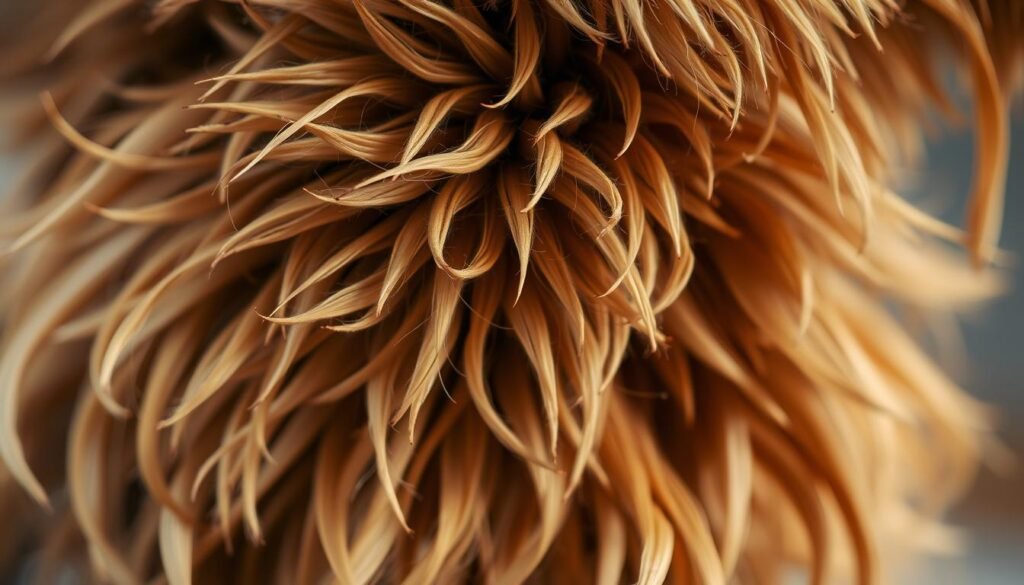
The Border Terrier coat is a distinctive feature of the breed, requiring regular grooming to prevent matting and tangling5. The coat comes in a variety of colors, including red, wheaten, grizzle, and tan, and blue and tan. Understanding the texture and color variations of the coat, as well as the seasonal shedding patterns, is essential for providing the necessary care and maintenance.
When it comes to Border Terrier grooming tips, it’s essential to brush their coat several times a week to prevent matting and tangling5. The breed has a double coat, with a soft undercoat and a harsh, wiry outer coat. Border Terrier shedding can be a challenge, especially during seasonal changes, but regular grooming can help reduce the amount of shedding6.
Here are some key characteristics of the Border Terrier coat:
- Double coat with a soft undercoat and a harsh, wiry outer coat
- Variety of colors, including red, wheaten, grizzle, and tan, and blue and tan
- Seasonal shedding patterns, with increased shedding during spring and fall
- Requires regular grooming to prevent matting and tangling
By following these Border Terrier grooming tips and understanding the characteristics of the coat, you can help keep your Border Terrier’s coat healthy and looking its best5. Regular grooming can also help reduce Border Terrier shedding and prevent matting and tangling6.
Personality Traits
As a potential Border Terrier owner, understanding the breed’s personality is crucial. Border Terrier temperament is known for being friendly and outgoing, making them an excellent choice for families2. They are highly social dogs that thrive on interaction with their human family members, which is a key aspect of their Border Terrier personality7. Their affectionate nature and high energy levels make them a great fit for active families who can provide the necessary attention and exercise.
When it comes to interaction with families, Border Terriers are known to be gentle and patient, especially with children2. They are highly intelligent and eager to please, which makes them relatively easy to train. As a Border Terrier family dog, they require regular exercise and mental stimulation to prevent boredom and destructive behavior8. With proper care and attention, Border Terriers can make wonderful companions for families who are looking for a loyal and loving pet.
Some key characteristics of the Border Terrier personality include:
- High energy levels, requiring regular exercise and mental stimulation7
- Intelligence and eagerness to please, making them relatively easy to train2
- Affectionate and gentle nature, making them a great fit for families with children7
- High social needs, requiring regular interaction with their human family members8
Overall, the Border Terrier temperament and personality make them an excellent choice for families who are looking for a loyal and loving pet. With proper care and attention, they can thrive as a Border Terrier family dog and bring joy and companionship to their owners2.
| Characteristic | Description |
|---|---|
| Energy Level | High, requiring regular exercise and mental stimulation7 |
| Intelligence | High, making them relatively easy to train2 |
| Affection Level | High, making them a great fit for families with children7 |
Training Your Border Terrier
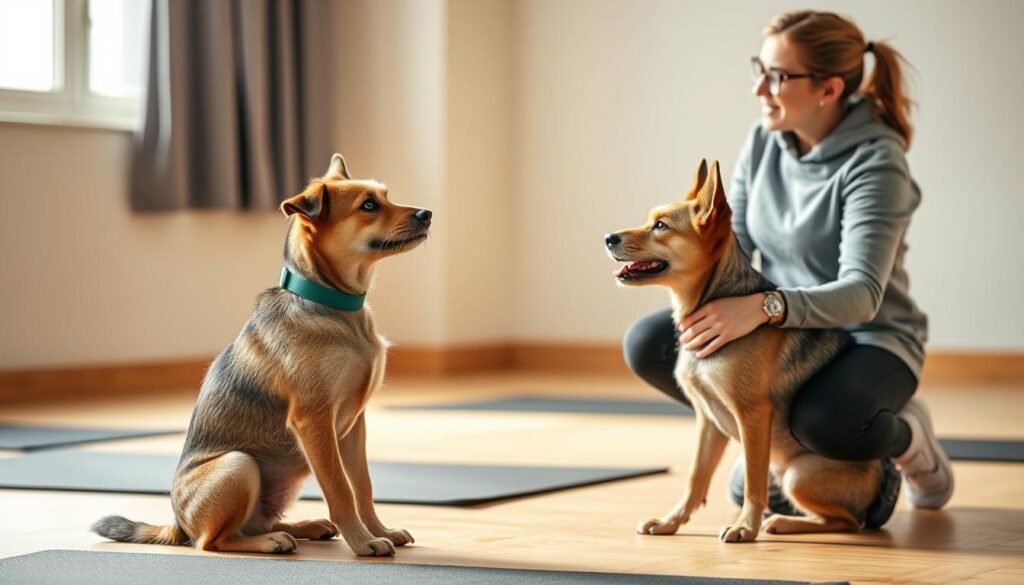
Border Terrier training requires patience, consistency, and positive reinforcement. As a highly intelligent breed, they respond well to reward-based training, but can be stubborn at times9. Understanding the most effective training methods and being aware of common behavioral challenges is essential for developing a well-behaved and obedient Border Terrier.
Some common behavioral challenges faced by Border Terrier owners include undesired behaviors such as incessant barking, destructive chewing, and house soiling, with 70% experiencing frustration over these issues when traditional training fails9. To address these challenges, it’s essential to use positive reinforcement methods, which can improve obedience by up to 60% within weeks9.
Here are some tips for successful Border Terrier training:
- Use positive reinforcement methods, such as reward-based training
- Be consistent and patient, as Border Terriers can be stubborn at times
- Address common behavioral challenges, such as undesired behaviors and separation anxiety
By following these tips and using effective training methods, you can develop a well-behaved and obedient Border Terrier. Remember to always use positive reinforcement and be patient, as Border Terriers can be strong-willed at times10.
| Training Method | Effectiveness |
|---|---|
| Positive Reinforcement | Highly effective, with up to 60% improvement in obedience9 |
| Traditional Training | Less effective, with slower progress and potential for increased behavioral problems9 |
Exercise Requirements
As a Border Terrier owner, it’s essential to understand the exercise needs of your dog to keep them happy and healthy. Border Terrier exercise should include at least one hour of physical activity per day, which can be a combination of walks, runs, and playtime11. This can be broken down into two walks per day, which is more beneficial than consolidating all walking into the weekend11.
The Border Terrier activity level is high, and they require regular exercise to stay mentally and physically stimulated. Fun activities to engage them include intensive games like tug-of-war and fetch, which can be done in short bursts11. Additionally, incorporating enrichment games like puzzle toys and scent games can help promote mental stimulation and reduce boredom11.
It’s also important to monitor your dog’s activity level and adjust their exercise routine accordingly. Tools like the PitPat Dog GPS Tracker can help track activity levels and ensure dogs receive adequate exercise appropriate to their developmental stage11. By providing the right amount of exercise and mental stimulation, you can help your Border Terrier lead a happy and healthy life.
- Walking and hiking
- Playing fetch and tug-of-war
- Interactive games and puzzle toys
- Scent work and tracking
Remember to always consult with a veterinarian before starting any new exercise routine with your Border Terrier, especially if they have any health concerns12.
Health Concerns
As a Border Terrier owner, it’s essential to be aware of the potential health concerns that can affect your dog. Border Terrier health issues can range from minor problems to more severe conditions that require immediate attention. Regular check-ups with your veterinarian and preventative care can help identify any potential issues early on, ensuring your dog receives the necessary treatment to maintain their overall health and well-being.
Some common health issues that can affect Border Terriers include hip dysplasia, heart problems, and obesity13. These conditions can be managed with proper care and attention, but it’s crucial to be aware of the signs and symptoms to seek veterinary care promptly. Border Terrier preventative care measures, such as regular exercise, a balanced diet, and dental care, can help reduce the risk of developing these conditions.
Additionally, Border Terriers are prone to certain health issues, such as patellar luxation, cruciate ligament injuries, and dysplasia of the hips and elbows13. These conditions can be painful and debilitating for your dog, so it’s essential to work with your veterinarian to develop a plan for managing these conditions and preventing further complications. By prioritizing your dog’s health and taking proactive steps to prevent health issues, you can help ensure your Border Terrier lives a long, happy, and healthy life.
It’s also important to note that Border Terriers have an average lifespan of 12-15 years14, and with proper care and attention, they can live well into their teens. However, certain health issues, such as cancer, trauma, and old age, can affect their lifespan14. By staying informed about potential health concerns and working closely with your veterinarian, you can help your Border Terrier live a long and healthy life.
| Health Issue | Description | Preventative Care |
|---|---|---|
| Hip Dysplasia | A genetic condition that affects the hip joint | Regular exercise, maintaining a healthy weight |
| Heart Problems | Conditions that affect the heart, such as heart disease | Regular check-ups with your veterinarian, monitoring for signs of heart disease |
| Obesity | A condition that occurs when your dog is overweight | Feeding a balanced diet, regular exercise |
Longevity and Lifespan
When considering bringing a Border Terrier into your family, it’s essential to understand their Border Terrier longevity and the factors that influence their lifespan. On average, Border Terriers have a lifespan of 12-15 years1516. However, with proper care and nutrition, they can live up to 17 years or more15.
The Border Terrier life expectancy can be influenced by various factors, including genetics, nutrition, and health conditions. Regular check-ups, vaccinations, and dental care are crucial in preventing health issues that can affect their lifespan16. A high-quality diet and regular exercise also play a significant role in maintaining their overall health and Border Terrier lifespan17.
Some common health issues that can affect Border Terriers include hip dysplasia, progressive retinal atrophy, and obesity16. Regular grooming, including brushing and nail trimming, can also help prevent health problems15. By understanding the factors that influence Border Terrier longevity and taking steps to prevent health issues, you can help your Border Terrier live a long and healthy life.
| Factor | Influence on Longevity |
|---|---|
| Genetics | Significant influence on lifespan17 |
| Nutrition | Crucial for maintaining overall health16 |
| Health Conditions | Can affect lifespan if left untreated15 |
Suitability for Different Lifestyles
When considering a Border Terrier as a pet, it’s essential to evaluate their suitability for your lifestyle. Border Terrier lifestyle requirements are relatively adaptable, making them a great fit for various living situations, from apartments to homes with large yards18. Their adaptability is a significant advantage, as they can thrive in different environments, provided they receive adequate exercise and attention.
Border Terrier living situations can vary, but they generally require moderate to high energy levels and regular physical activity to stay happy and healthy19. This means that owners should be prepared to provide daily exercise, such as walks and playtime, to meet their Border Terrier’s needs. In terms of Border Terrier compatibility, they are generally good with children and other pets, especially if socialized from an early age18.
Some key factors to consider when evaluating Border Terrier compatibility with your lifestyle include:
- Daily exercise requirements: at least one hour of physical activity per day19
- Training needs: positive, reward-focused training techniques are recommended19
- Health concerns: regular health checks and monitoring for potential issues like hip dysplasia and eye problems18
By understanding these factors and considering your own lifestyle, you can determine whether a Border Terrier is the right fit for you and your family. With proper care and attention, Border Terriers can make wonderful companions, bringing joy and love into your life18.
Grooming Needs
As a Border Terrier owner, you’ll want to prioritize their grooming needs to prevent matting and tangling of their distinctive double coat20. Regular Border Terrier grooming is essential for maintaining their coat and overall health. This includes daily Border Terrier brushing for a few minutes to remove dead hairs and loose undercoat20. It’s also important to note that Border Terrier bathing should be avoided unless in emergencies, as shampoo can strip the coat’s oils, reducing water resistance20.
Hand stripping is the recommended method for grooming, and it’s crucial not to clip the coat as this can leave dead roots and lead to tangling, affecting hair growth21. You can hand strip your Border Terrier’s coat a couple of times a year to maintain its natural properties21. Additionally, regular brushing helps to manage shedding, and many owners report less shedding after hand stripping21.
Here are some key tips for Border Terrier grooming:
- Daily brushing to remove dead hairs and loose undercoat20
- Hand stripping a couple of times a year to maintain the coat’s natural properties21
- Avoiding Border Terrier bathing unless in emergencies20
By following these tips and prioritizing your Border Terrier’s grooming needs, you can help maintain their coat and overall health. Remember to always use gentle and suitable products for your Border Terrier’s coat, and consider consulting a professional groomer if you’re unsure about any aspect of their grooming2021.
| Grooming Activity | Frequency |
|---|---|
| Daily Brushing | Daily |
| Hand Stripping | Couple of times a year |
| Bathing | Only in emergencies |
Border Terrier Recognition and Popularity
TheBorder Terrieris a highly recognized and popular breed, thanks to its unique blend of personality traits and historical significance. The breed is formally recognized by major kennel clubs, including the American Kennel Club (AKC) and the United Kennel Club (UKC)22. This formal recognition showcases the breed’s unique characteristics and establishes its place within the canine community.
In the United States, theBorder Terrierhas experienced a steady increase in popularity over the years. While the breed was slow to gain traction in the early 20th century, with only a handful of registrations in the 1930s22, it has since grown in popularity. The establishment of the Border Terrier Club of America in 1949 and the subsequent approval of the revised breed standard in 1950 have contributed to the breed’s recognition and growth22.
Today, theBorder Terrierranks towards the end of the top 100 most popular dog breeds in the USA22. Its reputation for being affectionate, loyal, and excellent with children23has made it a beloved companion in many households. Additionally, the breed’s intelligence and trainability23have further solidified its popularity, particularly among families seeking a versatile and engaging canine companion.
FAQ
What are the key characteristics of the Border Terrier breed?
What is the typical size of a Border Terrier?
What are the coat characteristics of a Border Terrier?
What is the typical temperament and personality of a Border Terrier?
How do you train a Border Terrier effectively?
What are the exercise requirements for a Border Terrier?
What are the common health concerns for Border Terriers?
What is the average lifespan of a Border Terrier?
What living situations are best suited for a Border Terrier?
What are the grooming requirements for a Border Terrier?
How popular and recognized is the Border Terrier breed?
Source Links
- No title found – https://www.akc.org/expert-advice/lifestyle/meet-border-terrier/
- Border Terrier: Temperament, Lifespan, Grooming, Training – https://www.petplan.co.uk/pet-information/dog/breed/border-terrier/
- Border Terrier – https://en.wikipedia.org/wiki/Border_Terrier
- Border Terriers – https://www.dailypaws.com/dogs-puppies/dog-breeds/border-terrier
- Border Collie Breed Profile – Physical characteristics – http://bordercollierescue.org/profile/content/physical.html
- Border Collie – https://dogtime.com/dog-breeds/border-collie
- Learn About the Friendly and Playful Border Terrier – https://www.thesprucepets.com/border-terrier-dog-breed-profile-4780473
- 9 interesting facts about Border Terriers – https://www.countryliving.com/uk/wildlife/dog-breeds/a38695062/border-terrier/
- Border Terrier 101: Owner’s Guide – https://gratefulpaw.com/border-terrier-training
- How to Train Your Border Terrier Dog to Not Run Away – https://wagwalking.com/training/not-run-away-2
- How much exercise does my Border Terrier need? – https://www.pitpat.com/exercise/how-much-exercise-does-my-border-terrier-need/?srsltid=AfmBOorjVmVZgD2PcrANVojgLk0Yw3BDDYWht8CRtAb-QS8bYIGLuQlQ
- Border Terrier breed guide: Care, training, and fun facts – https://www.borrowmydoggy.com/doggypedia/dog-breed-guides-border-terrier
- Breed Info – Parkwood Animal Hospital – https://parkwoodanimalhospital.com/client-resources/breed-info/border-terrier/
- Health When Buying a Border Terrier Puppy – https://borderterrierhealth.org.uk/buying-a-border-terrier-puppy.html
- Border Terrier – https://www.petmd.com/dog/breeds/border-terrier
- How Long Does a Border Terrier Live? Life Exp. & Key Factors – https://blog.tryfi.com/how-long-does-a-border-terrier-live/
- Breed Info – East Cooper Animal Hospital – https://eastcooperanimalhospital.com/client-resources/breed-info/border-terrier/
- Border Terrier Dog Breed Information & Characteristics – https://dogtime.com/dog-breeds/border-terrier
- Border Terrier Dog Breed: Info, Pictures, Traits, Care & More – Dogster – https://www.dogster.com/dog-breeds/border-terrier
- Grooming a Border Terrier – East Anglia Border Terrier Club – https://eabtc.co.uk/grooming-a-border-terrier/
- Grooming | Southern Border – https://www.thesouthernborderterrierclub.com/grooming
- History of the Border Terrier – https://www.scottish-at-heart.com/history-of-the-border-terrier.html
- KingPet: Dog and Cat Photo Contest – https://www.kingpet.com/breeds/dog/1225-Border-Terrier
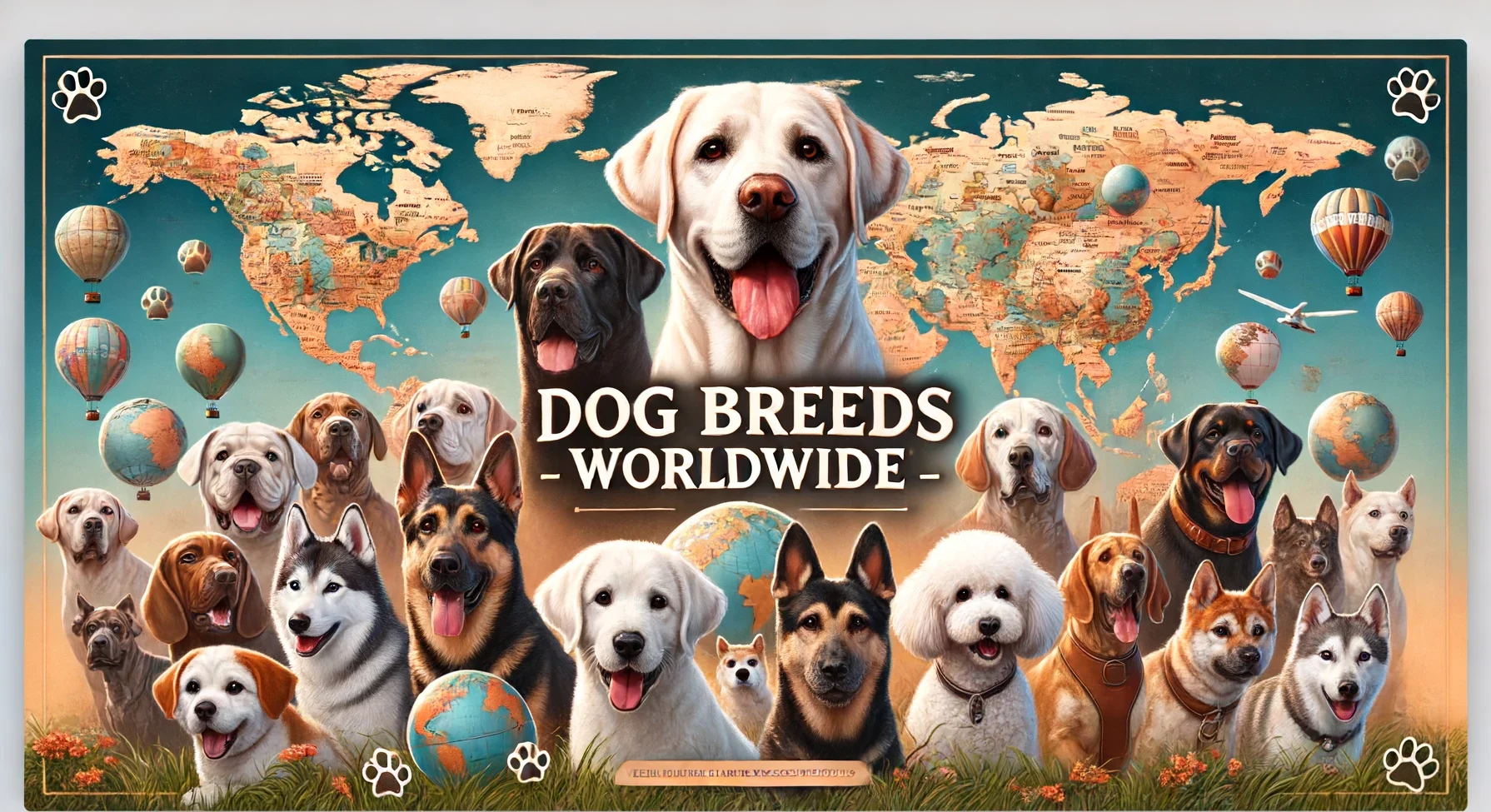

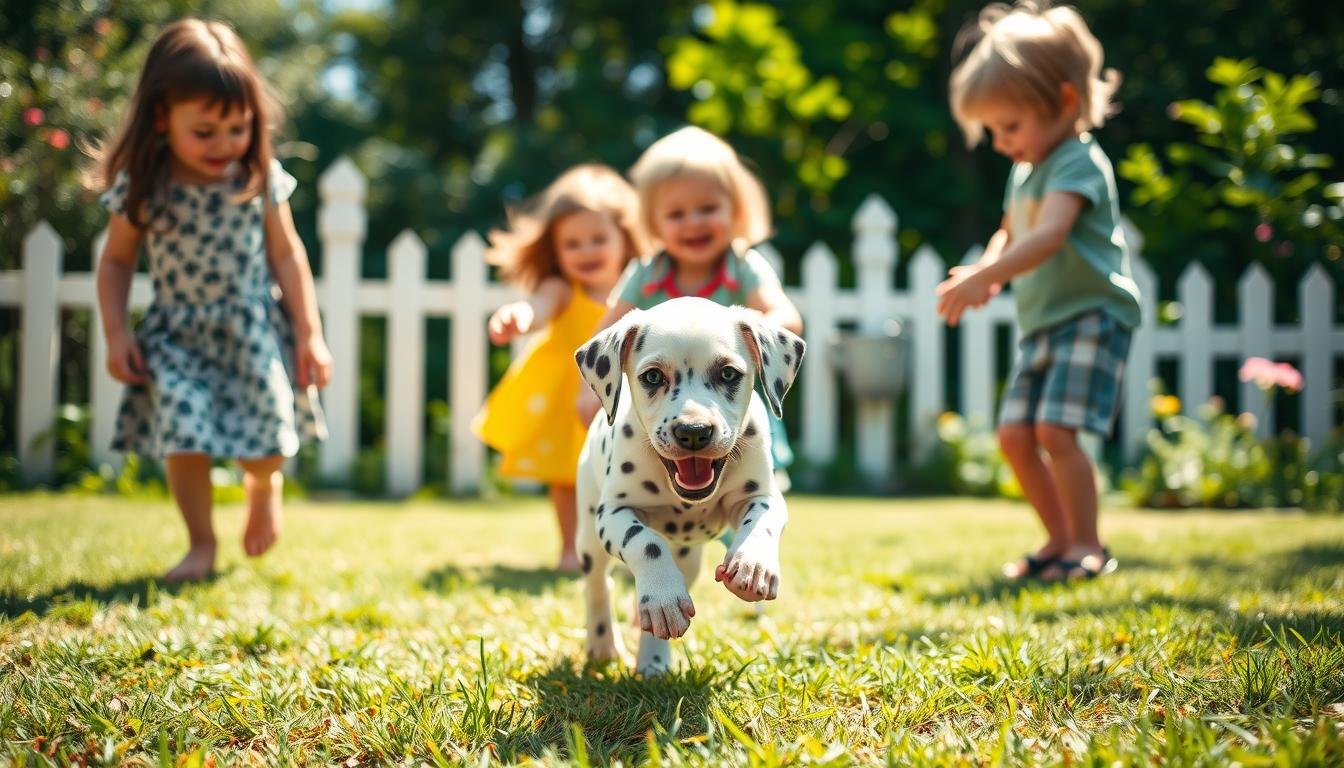
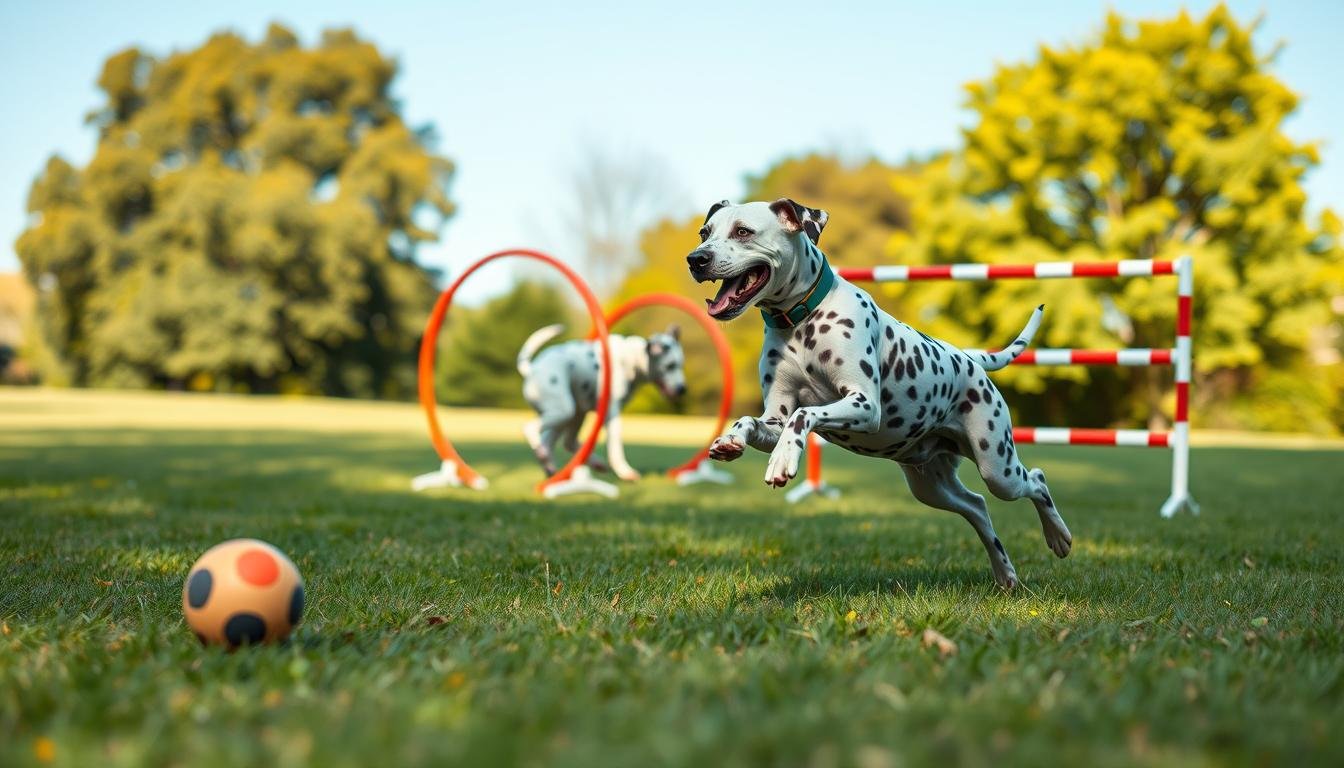

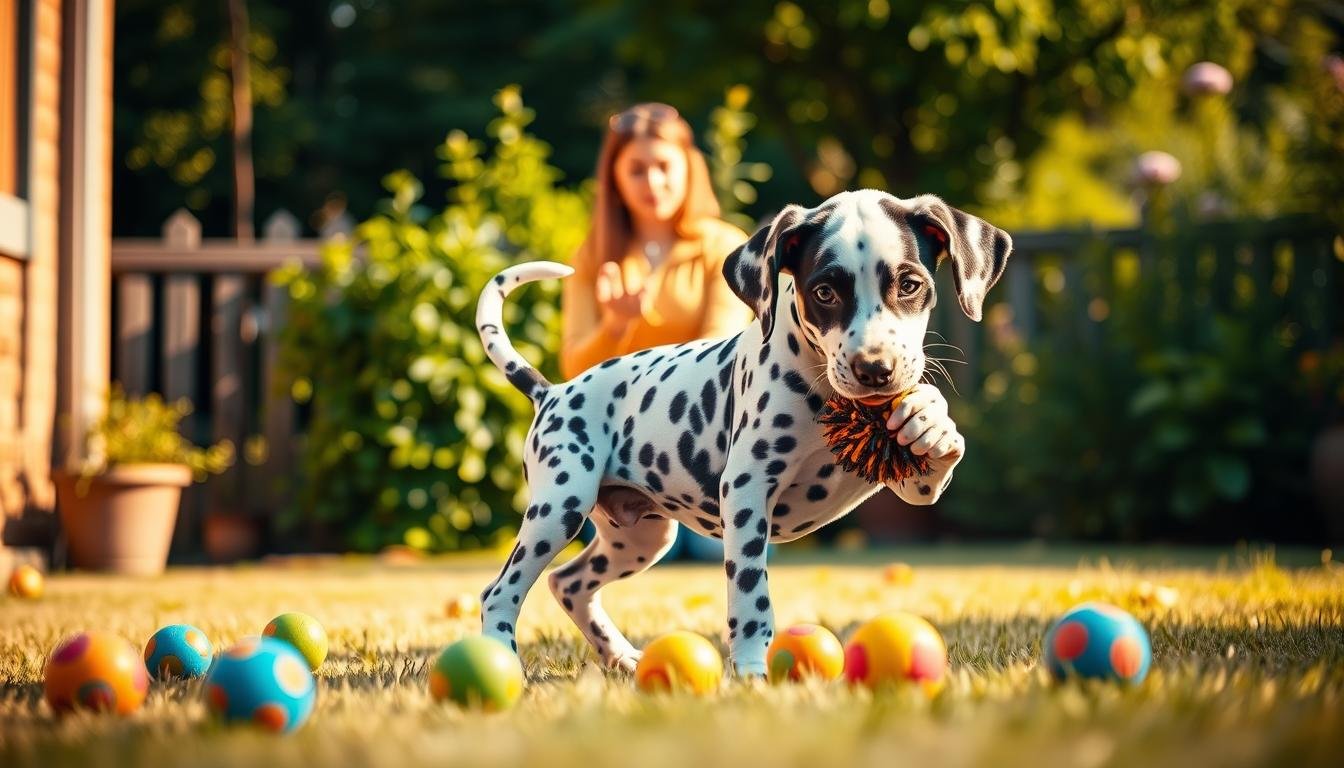
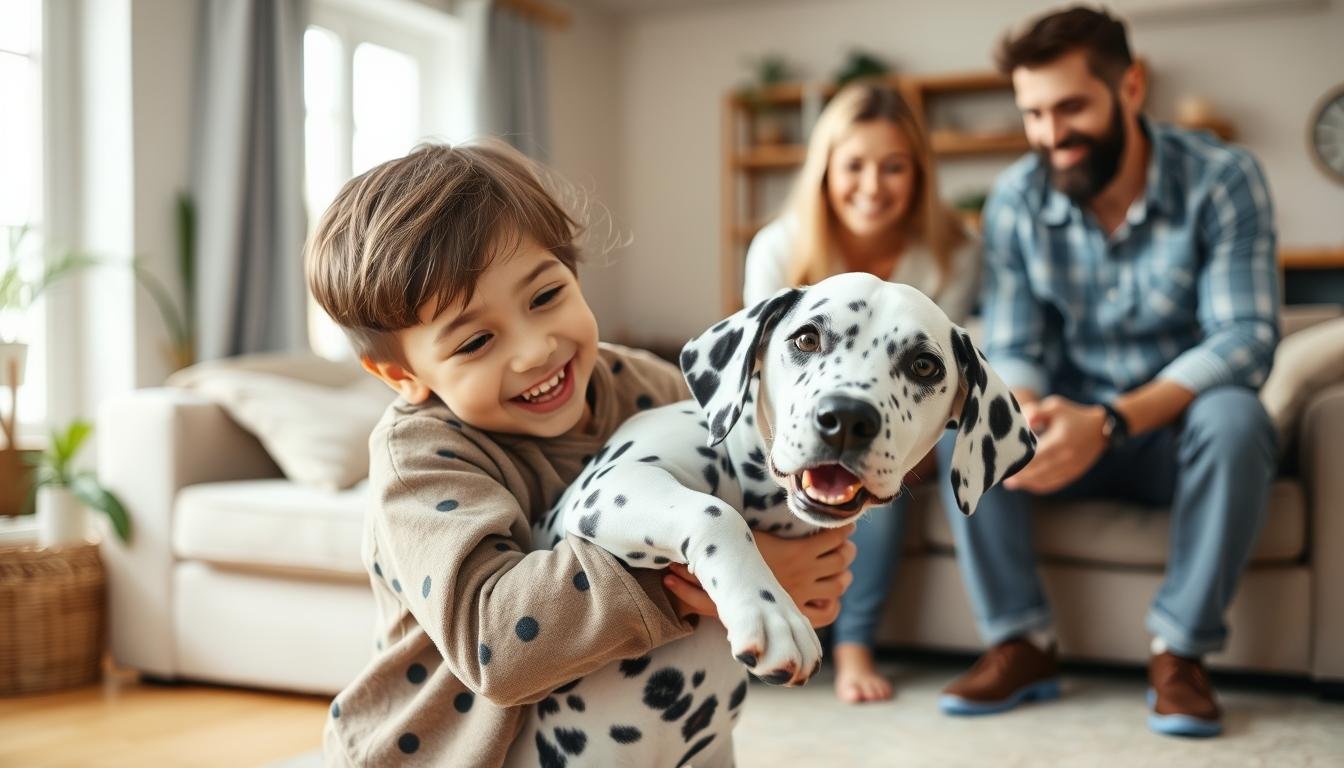
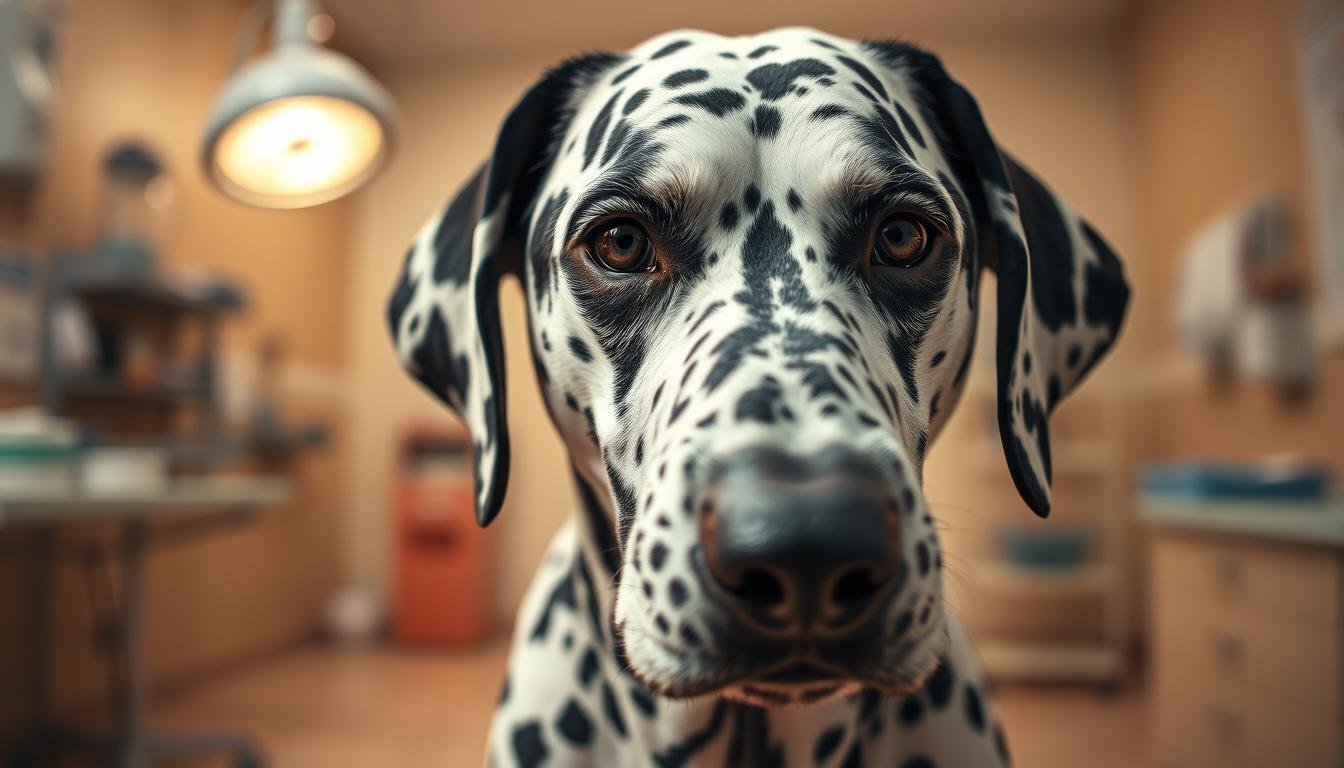
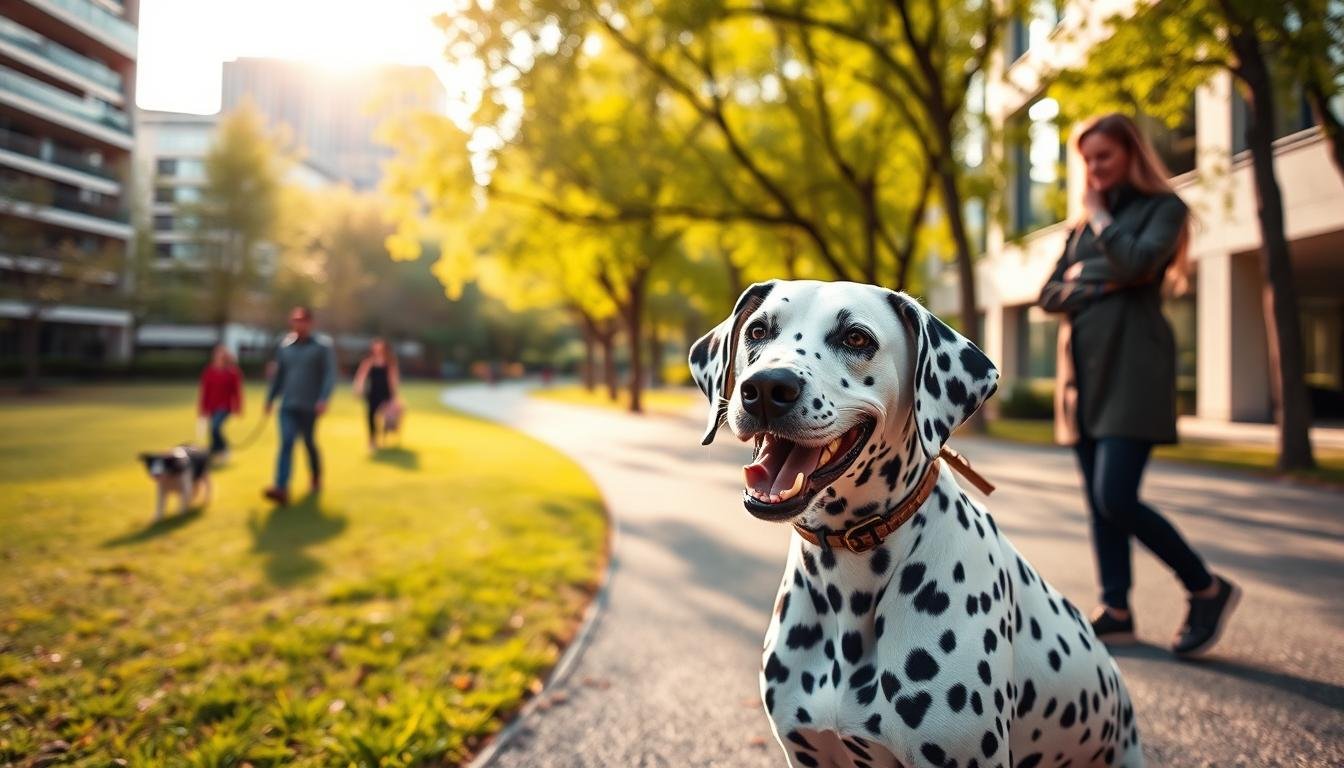
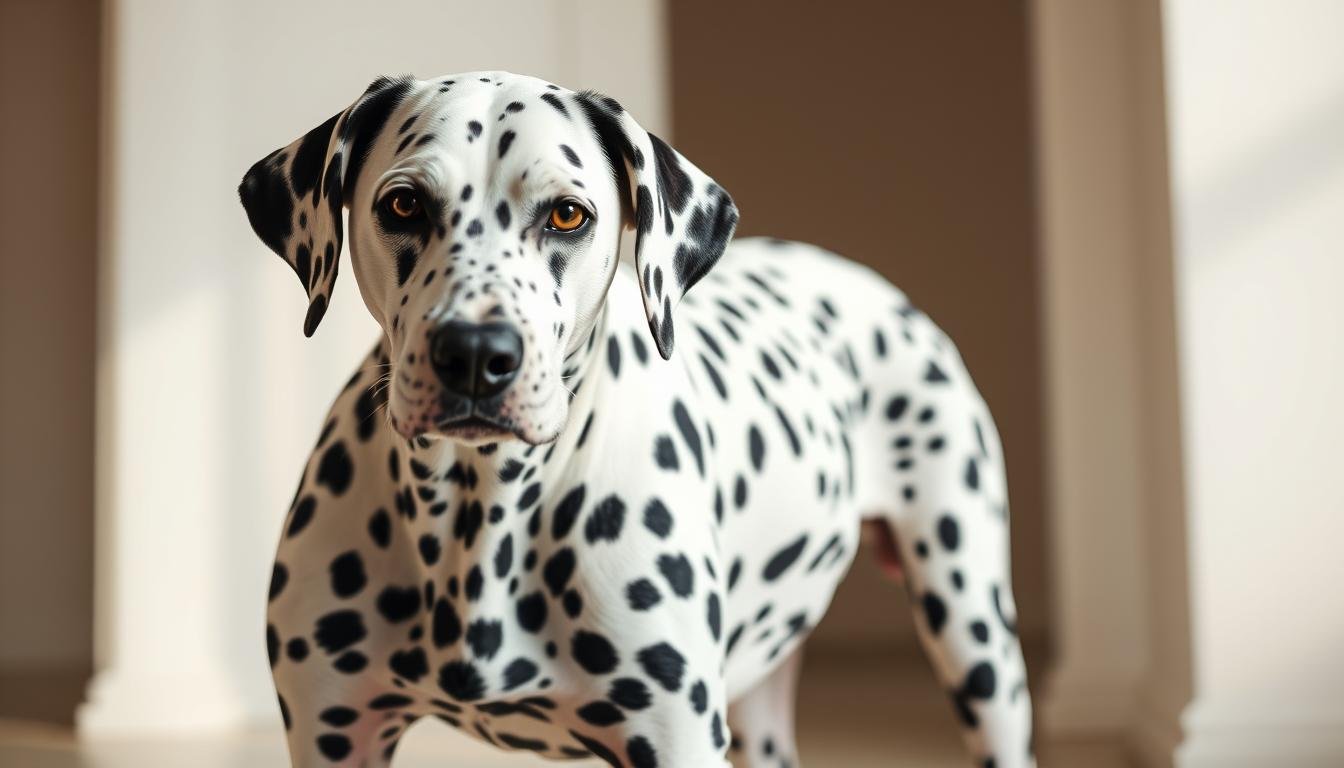
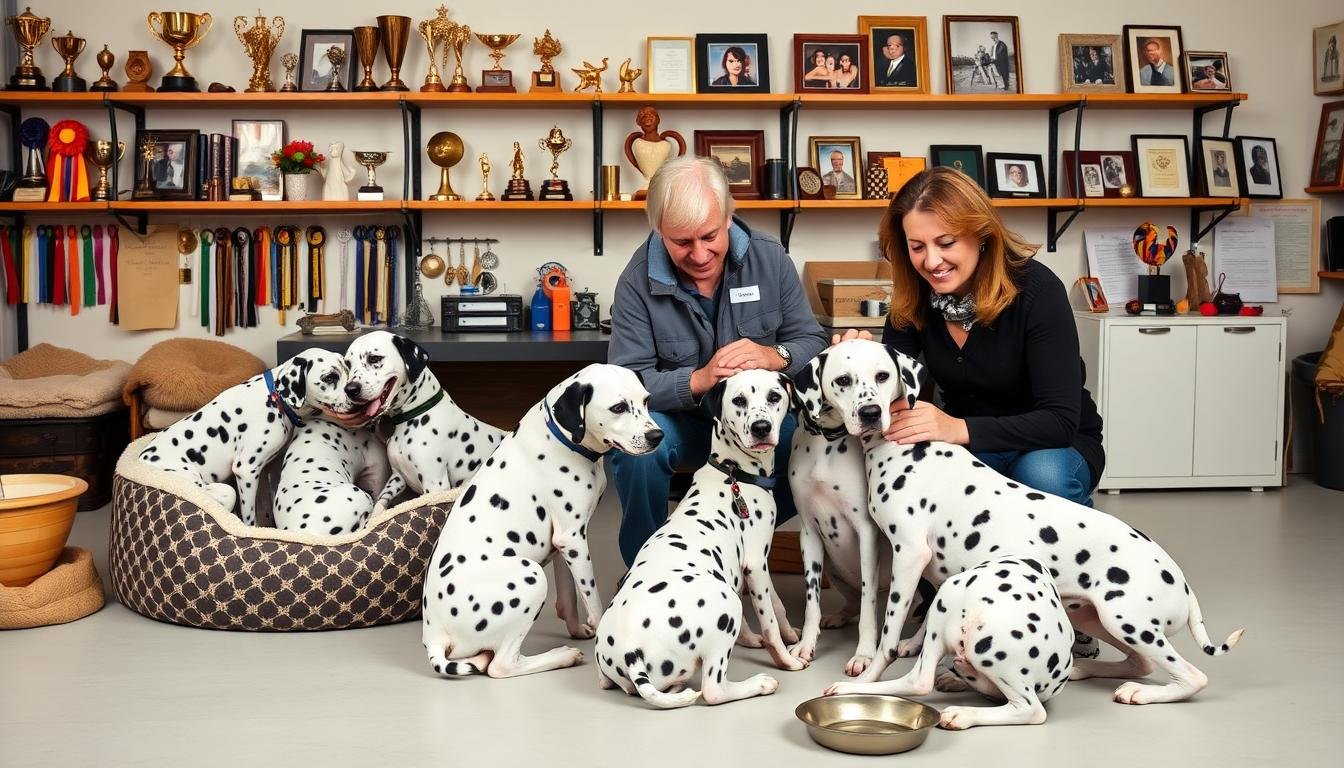
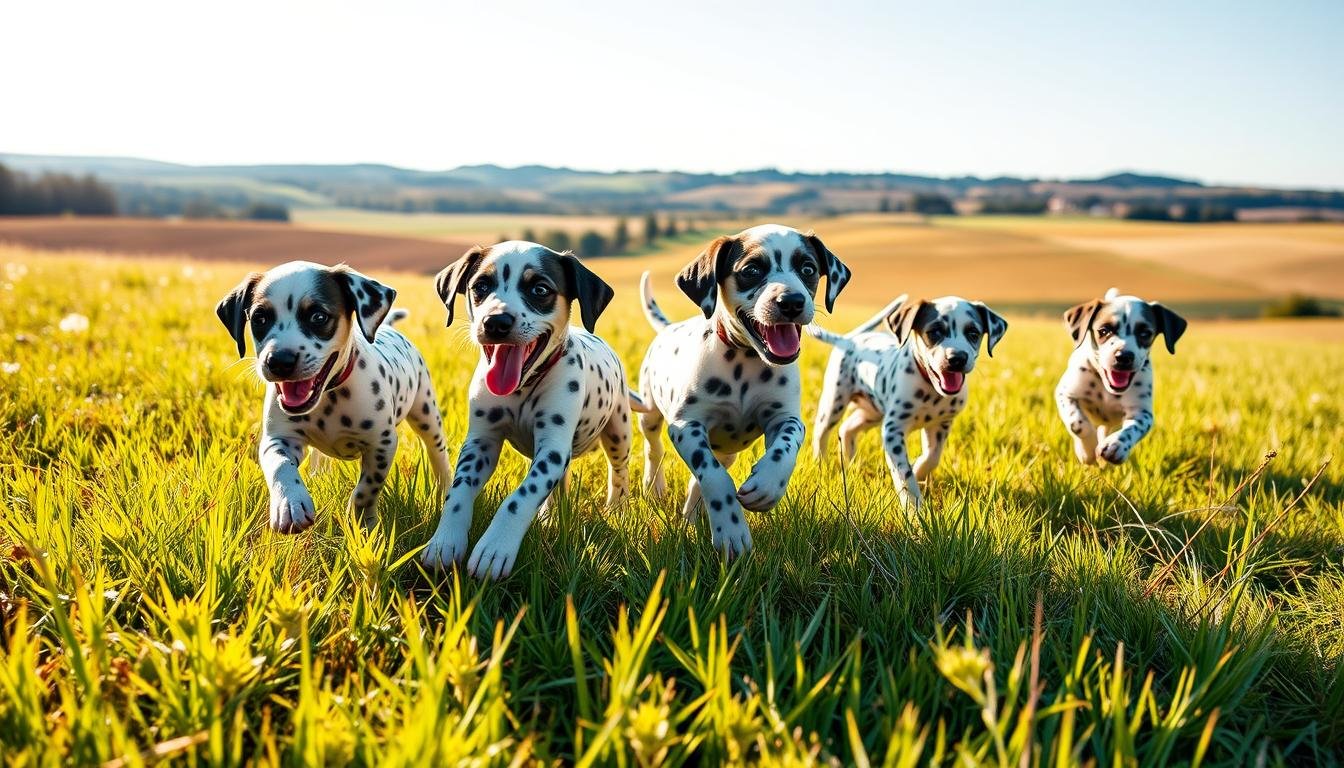
Leave a Reply